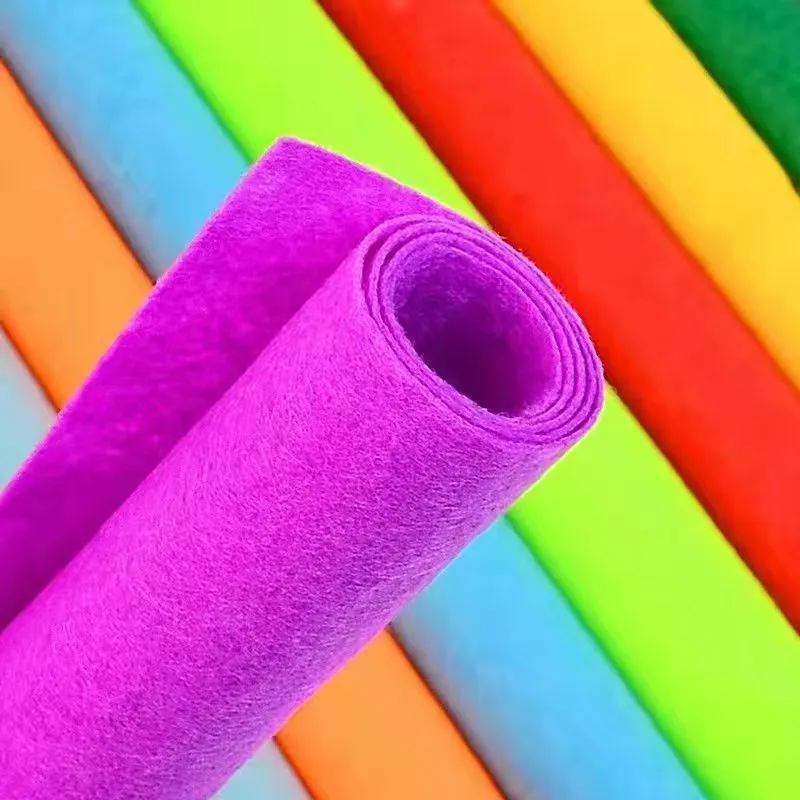felt
The Journey of Felt From Fabric to Art
Felt, a dense textile made from fibers, has a long and rich history that weaves through different cultures and creative expressions. Its origins can be traced back thousands of years, believed to have been used by nomadic tribes for practical purposes such as shelter, clothing, and insulation. The ancient art of felting remains a testament to human ingenuity, transforming raw materials into durable and functional items. However, as time has progressed, felt has transcended its utilitarian roots to become a medium of artistic expression.
The process of making felt is fascinating and involves interlocking fibers through moisture, heat, and agitation. Wool is the most commonly used fiber due to its unique properties; the scales on wool fibers cause them to interlock when processed correctly. This method of felting can be done traditionally, by hand, or through modern industrial techniques. Each approach offers a unique character to the felt produced. Handcrafted felt often carries an organic nature, showcasing the individual artist’s touch, while machine-made felt can achieve a level of precision and uniformity desired in various applications.
Beyond its practical uses, felt has increasingly found its place in the art world. Artists worldwide have embraced felt not just as a fabric, but as a versatile medium through which they can express their creativity. Fiber artists appreciate the tactile qualities of felt, which allow for a variety of applications—from wall hangings to three-dimensional sculptures. The manipulation of felt can lead to stunning visual and tactile experiences, as artists experiment with colors, textures, and forms. This ability to mold and shape felt lends itself well to conceptual art, where the medium itself can become a part of the artistic message.
In many cultures, felt has held symbolic meanings. In Central Asia, for instance, felt is an essential material used in the construction of yurts, traditional nomadic dwellings. The production of felt in this context carries substantial cultural significance, representing community, heritage, and the connection to nature. The designs and patterns woven into the felt often reflect the stories and history of the people, making each piece a narrative unto itself. Thus, felt serves as a bridge between functionality and symbolism, artfully depicting the life and values of a community.
felt

In contemporary art scenes, felt has gained recognition at exhibitions and galleries. Its vibrant colors and unique textures captivate viewers, inviting them to explore the interplay of tactile and visual stimulations. Artists such as Anni Albers, who used textiles in her work, have paved the way for the acceptance of fiber art. Today, felt art spans various styles—from minimalist designs to intricate patterns, showcasing the versatility of this humble material.
Moreover, the sustainability aspect of felt has also drawn the attention of environmentally conscious artists. As a renewable material derived from sheep, felt can be produced with a lower environmental impact compared to other textiles. Artists who prioritize eco-friendly practices often create felt artworks that convey messages about nature, conservation, and the importance of sustainability in modern life. By utilizing felt, these artists can combine aesthetic appeal with a commitment to environmental responsibility.
Felt also fosters a sense of community and collaboration among artists. Workshops and felting groups provide spaces where individuals can come together to share techniques, ideas, and inspiration. The communal aspect of felting encourages creativity and collaboration, often leading to innovative projects that blend different artistic interpretations and styles.
In conclusion, felt is much more than just a fabric; it is a medium that embodies history, culture, and artistic expression. From its ancient origins to its contemporary applications, felt continues to inspire artists and communities alike. As we explore the diverse ways in which this material can be utilized, we not only appreciate its beauty but also recognize the stories and traditions interwoven within the fibers. The journey of felt—from functional necessity to an acclaimed artistic medium—reflects the evolving nature of creativity itself, reminding us of its profound connection to human expression and community. As we move forward, felt will surely continue to evolve, finding new narratives and forms that reflect the zeitgeist of each generation.
-
What Makes Felt a Great Choice?NewsNov.19,2024
-
Total Mixed Ration (TMR) Feed for CattleNewsNov.19,2024
-
The Ultimate Guide for Felt Polishing WheelsNewsNov.19,2024
-
Industrial Felt for Various ApplicationsNewsNov.19,2024
-
Felt Makeup Bags and Inserts BagsNewsNov.19,2024
-
Choosing the Right Hotel TowelsNewsNov.19,2024
-
Your Go-To Guide For Affordable Wholesale Wool FeltsNewsOct.31,2024







